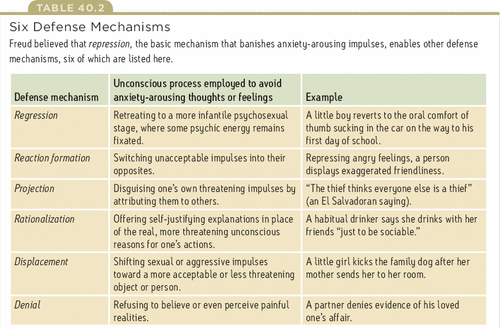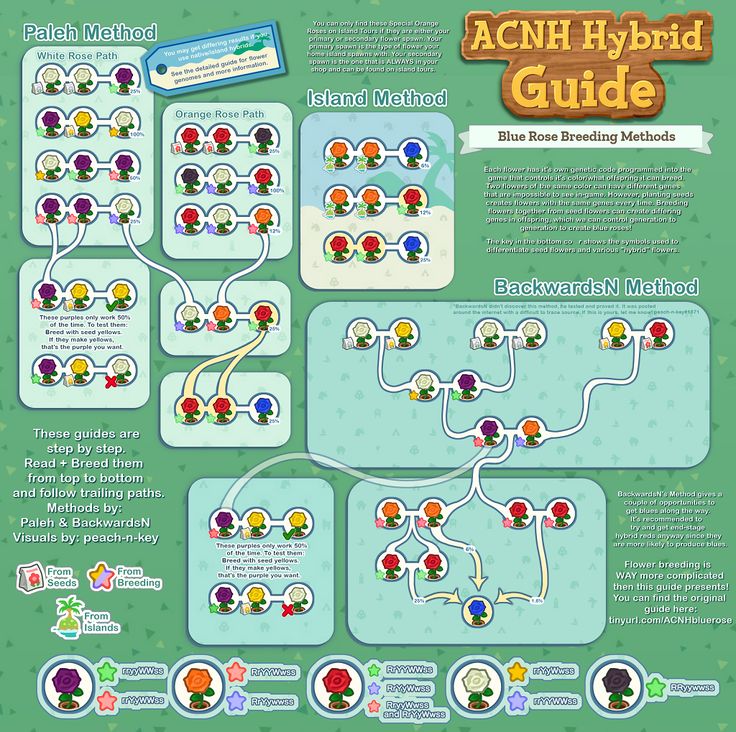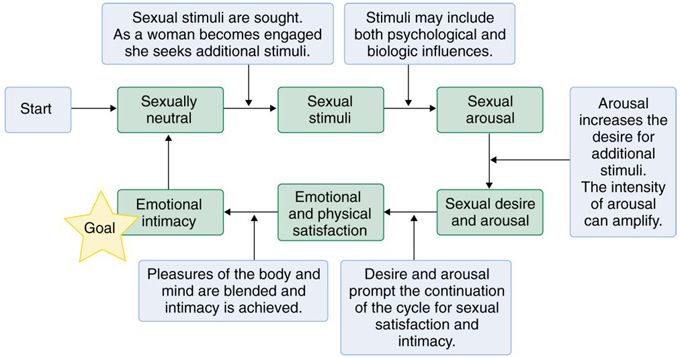The goals of science
Science aims to explain and understand
Home → Understanding Science 101 → What is science? → Science aims to explain and understand
- Science aims to build knowledge about the natural world.
- This knowledge is open to question and revision as we come up with new ideas and discover new evidence.
- Because it has been tested, scientific knowledge is reliable.
Misconception: Scientific ideas are absolute and unchanging.
Misconception: Because scientific ideas are tentative and subject to change, they can’t be trusted.
Correction: Accepted scientific ideas are well-supported and reliable, but could be revised if warranted by the evidence. Read more about it.
Science as a collective institution aims to produce more and more accurate natural explanations of how the natural world works, what its components are, and how the world got to be the way it is now. Classically, science’s main goal has been building knowledge and understanding, regardless of its potential applications — for example, investigating the chemical reactions that an organic compound undergoes in order to learn about its structure.
However, increasingly, scientific research is undertaken with the explicit goal of solving a problem or developing a technology. Along the path to that goal, new knowledge and explanations are constructed. For example, a chemist might try to produce an antimalarial drug synthetically and, in the process, discover new methods of forming bonds that can be applied to making other chemicals. Either way (so-called “pure” or “applied” research), science aims to increase our understanding of how the natural world works.
The knowledge that is built by science is always open to question and revision. No scientific idea is ever once-and-for-all “proven” Why not? Well, science is constantly seeking new evidence, which could reveal problems with our current understandings. Ideas that we fully accept today may be rejected or modified in light of new evidence discovered tomorrow. For example, up until 1938, paleontologists accepted the idea that coelacanths (an ancient fish) went extinct at the time that they last appear in the fossil record — about 80 million years ago.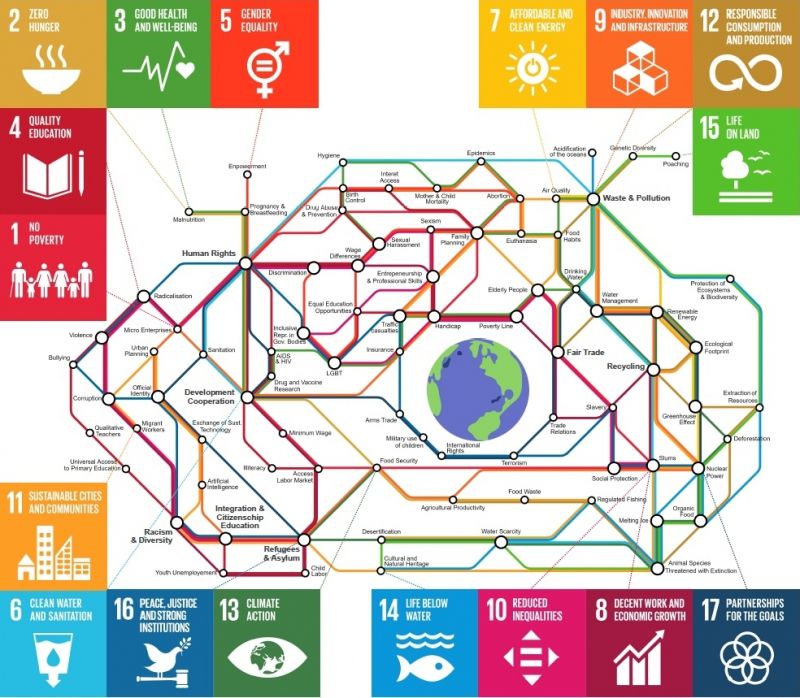 But that year, a live coelacanth was discovered off the coast of South Africa, causing scientists to revise their ideas and to investigate how this animal survives in the deep sea.
But that year, a live coelacanth was discovered off the coast of South Africa, causing scientists to revise their ideas and to investigate how this animal survives in the deep sea.
Despite the fact that they are subject to change, scientific ideas are reliable. The ideas that have gained scientific acceptance have done so because they are supported by many lines of evidence and have generated many expectations that hold true. Such scientific ideas allow us to figure out how entities in the natural world are likely to behave (e.g., how likely it is that a child will inherit a particular genetic disease) and how we can harness that understanding to solve problems (e.g., how electricity, wire, glass, and various compounds can be fashioned into a working light bulb). For example, scientific understandings of motion and gases allow us to build airplanes that reliably get us from one airport to the next. Though the knowledge used to design airplanes could be modified and built upon, it is also reliable. Time and time again, that knowledge has allowed us to produce airplanes that fly. We have good reason to trust accepted scientific ideas: they work!
Time and time again, that knowledge has allowed us to produce airplanes that fly. We have good reason to trust accepted scientific ideas: they work!
A SCIENCE PROTOTYPE: RUTHERFORD AND THE ATOM
Ernest Rutherford’s investigations were aimed at understanding a small, but illuminating, corner of the natural world: the atom. He investigated this world using alpha particles, which are helium atoms stripped of their electrons. Rutherford had found that when a beam of these tiny, positively-charged alpha particles is fired through gold foil, the particles don’t stay on their beeline course, but change direction when passing through the foil. Rutherford wanted to figure out what this might tell him about the layout of an atom.
Rutherford’s story continues as we examine each item on the Science Checklist. To find out how this investigation measures up against the rest of the checklist, read on.
- Take a sidetrip
- Teaching resources
Science builds reliable knowledge, but does it seek the truth? Learn more in our side trip on The many meanings of truth.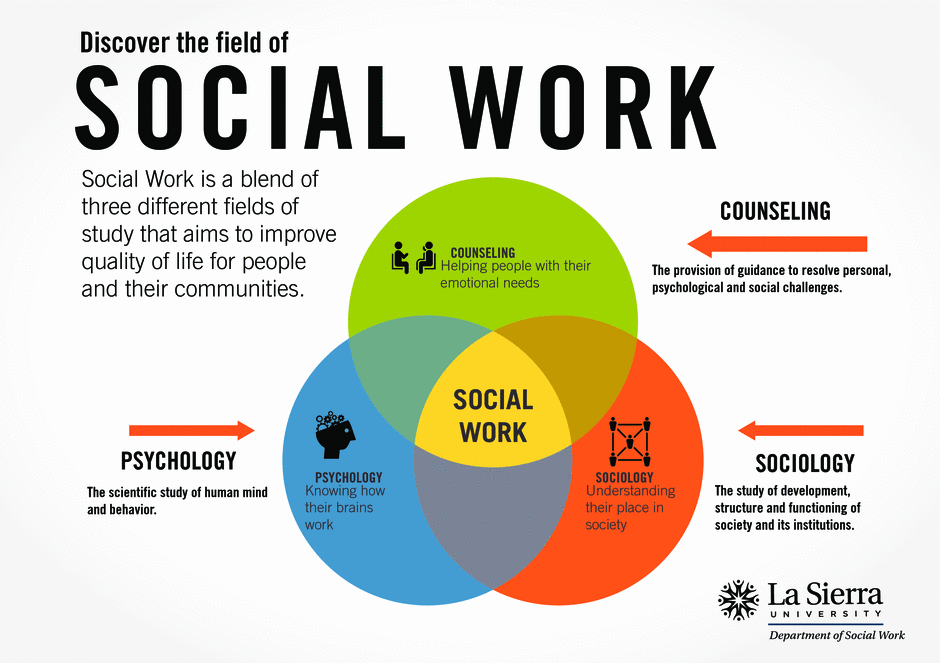
1.3 Goals of Science – Research Methods in Psychology
1.3 Goals of Science
Learning Objectives
- Describe the three goals of science and give an example for each.
- Distinguish between basic research and applied research.
People have always been curious about the natural world, including themselves and their behavior (in fact, this is probably why you are studying psychology in the first place). Science grew out of this natural curiosity and has become the best way to achieve detailed and accurate knowledge. Keep in mind that most of the phenomena and theories that fill psychology textbooks are the products of scientific research. In a typical introductory psychology textbook, for example, one can learn about specific cortical areas for language and perception, principles of classical and operant conditioning, biases in reasoning and judgment, and people’s surprising tendency to obey those in positions of authority. And scientific research continues because what we know right now only scratches the surface of what we can know.
And scientific research continues because what we know right now only scratches the surface of what we can know.
The first and most basic goal of science is to describe. This goal is achieved by making careful observations. As an example, perhaps I am interested in better understanding the medical conditions that medical marijuana patients use marijuana to treat. In this case, I could try to access records at several large medical marijuana licensing centers to see which conditions people are getting licensed to use medical marijuana. Or I could survey a large sample of medical marijuana patients and ask them to report which medical conditions they use marijuana to treat or manage. Indeed, research involving surveys of medical marijuana patients has been conducted and has found that the primary symptom medical marijuana patients use marijuana to treat is pain, followed by anxiety and depression (Sexton, Cuttler, Finnell, & Mischley, 2016).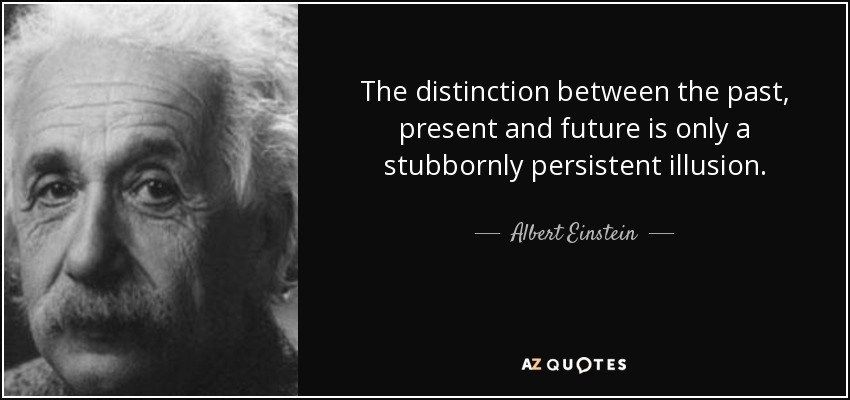 [1].
[1].
The second goal of science is to predict. Once we have observed with some regularity that two behaviors or events are systematically related to one another we can use that information to predict whether an event or behavior will occur in a certain situation. Once I know that most medical marijuana patients use marijuana to treat pain I can use that information to predict that an individual who uses medical marijuana likely experiences pain. Of course, my predictions will not be 100% accurate but if the relationship between medical marijuana use and pain is strong then my predictions will have greater than chance accuracy.
The third and ultimate goal of science is to explain. This goal involves determining the causes of behavior. For example, researchers might try to understand the mechanisms through which marijuana reduces pain. Does marijuana reduce inflammation which in turn reduces pain? Or does marijuana simply reduce the distress associated with pain rather than reducing pain itself? As you can see these questions tap at the underlying mechanisms and causal relationships.
Scientific research is often classified as being either basic or applied. Basic research in psychology is conducted primarily for the sake of achieving a more detailed and accurate understanding of human behavior, without necessarily trying to address any particular practical problem. The research of Mehl and his colleagues falls into this category. Applied research is conducted primarily to address some practical problem. Research on the effects of cell phone use on driving, for example, was prompted by safety concerns and has led to the enactment of laws to limit this practice. Although the distinction between basic and applied research is convenient, it is not always clear-cut. For example, basic research on sex differences in talkativeness could eventually have an effect on how marriage therapy is practiced, and applied research on the effect of cell phone use on driving could produce new insights into basic processes of perception, attention, and action.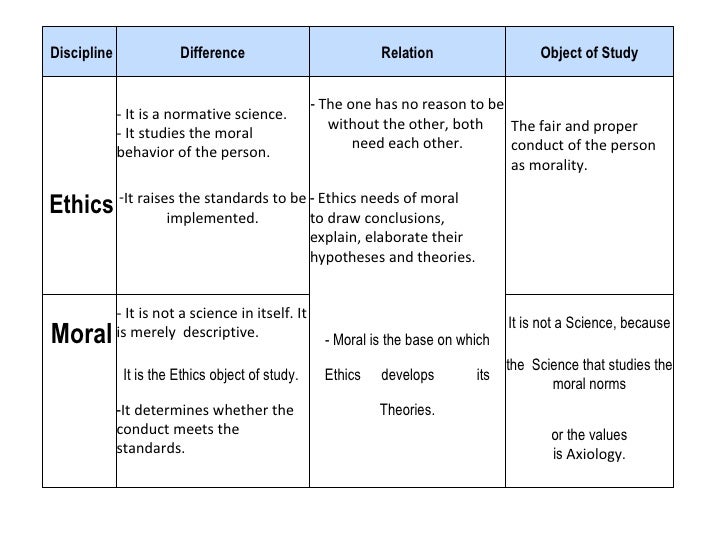
Key Takeaways
- Psychologists conduct research in order to describe basic phenomenon, to make predictions about future behaviors, and to explain the causes of behavior.
- Basic research is conducted to learn about human behavior for its own sake, and applied research is conducted to solve some practical problem. Both are valuable, and the distinction between the two is not always clear-cut.
- Sexton, M., Cuttler, C., Finnell, J., & Mischley, L (2016). A cross-sectional survey f medical cannabis users: Patterns of use and perceived efficacy. Cannabis and Cannabinoid Research, 1, 131-138. doi: 10.1089/can.2016.0007. ↵
2. Purpose of science
Main, defining scientific activity target is gaining knowledge of reality.
Knowledge is acquired man in all forms of his activity - and in everyday life, both in politics and in economics, and in art, and in engineering deed.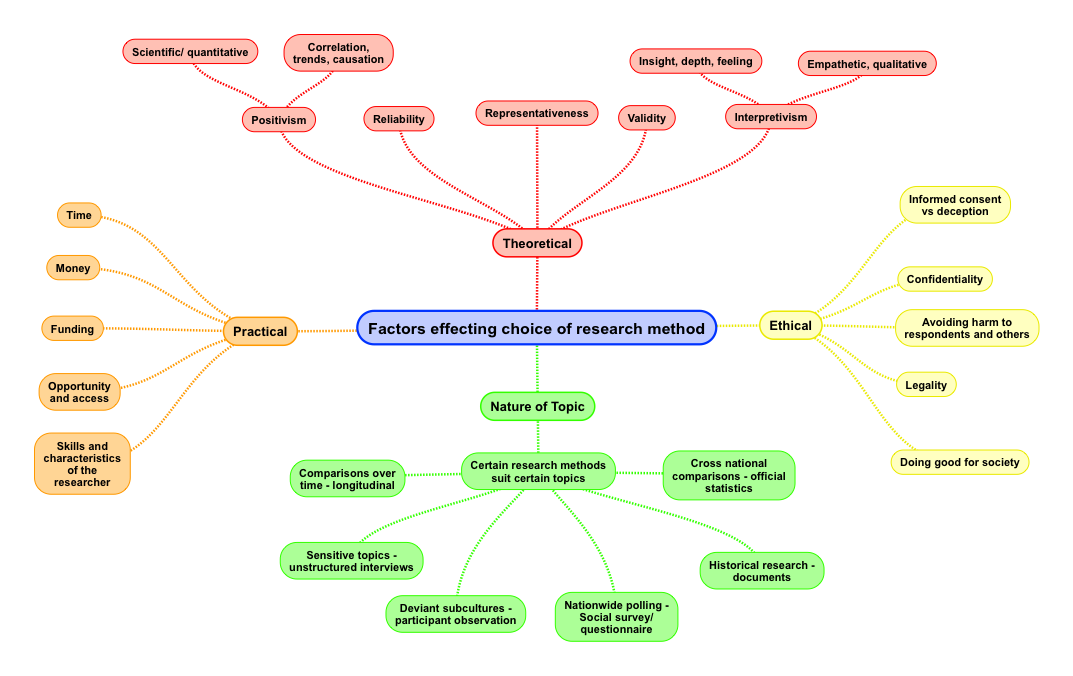 But here the acquisition of knowledge is not is the main goal.
But here the acquisition of knowledge is not is the main goal.
Art designed to create aesthetic values. Even in the literature where true reflection of life is an important criterion for the value of a work, there are no hard and fast criteria real events from fictional ones. AT art is at the forefront of attitude artist to reality, not a display herself. It is intended to develop a person's aesthetic attitude to actually create a new world artistic values in which it would be the most concentrated. This creative subjective side art most clearly shows yourself in music, painting, architecture, dance, where, obviously, a display problem reality fades into the background. nine0005
Economic reform to be successful of course should be based on knowledge of reality. Other times for this it is also necessary to carry out special scientific research. However, each it is clear that it is valued above all in terms of its effectiveness, practical result.
The situation is similar business in engineering. Her the product is a project, development new technology, invention. Today they rely more and more on science. However, in this case, the product engineering development is evaluated with in terms of its practical use, the optimality of the resources used, empowering transformation reality, not in quantity and the quality of the acquired knowledge. nine0005
Thus, we we see that science in its purpose, obviously, different from all other types activities.
Hence, of course, it does not follow that the definition of "unscientific" must be associated with a negative assessment. Each type of activity has its own purpose, purpose. With increasing the role of science in the life of society, we see that scientific reasoning becomes expedient and necessary in all large areas of society. But we we see on the other hand that far from everywhere it is possible and not always appropriate. nine0005
nine0005
So the product scientific activities are first of all knowledge. However, it is important to keep in mind that knowledge, as we have said acquired not only in science. Therefore knowledge is scientific and non-scientific.
That is why the concept "true" is not equivalent to the concept "scientific". It may well be obtained true knowledge, which at the same time is not scientific.
However, the concept "scientific" can be used in such situations that do not guarantee obtaining true knowledge. nine0005
Exist set of scientific criteria, using which professionals easily distinguish scientific work from non-scientific work.
So, in modern physical or technical journal you will not find articles substantiating the possibility of building a perpetual motion machine, giving a person the opportunity receive energy "free and harmless." And astronomers won't be serious to discuss works on astrology.
However, in theoretical journals, we all the time we meet a huge number publications that are scientific hypotheses that have a search character and being in fact, appropriate scaffolding scientific building. nine0005
It should also keep in mind that the establishment of the true knowledge in science is relatively rigid regulated on an empirical basis level.
"Where there are material evidence, - wrote Ofon Gerike back in the 17th century - there is no need in words, but with those who deny convincing and reliable experiments, no need to argue, or start a war: let them keep themselves whatever opinion they want, and go into the darkness traces of moles''.
However, not at all just set the truth on the level theories. nine0005
As L. Brouwer wrote, "an incorrect theory that does not run into into contradiction, does not become from this less wrong, like criminal behavior not stopped justice, does not become from this less criminal.
K. Popper even argued that although the search for truth, is undoubtedly the soul of scientific knowledge, establishing the truth theoretical level in principle impossible. Any theoretical saying, as shows, with his point of view, history, always has a chance be refuted in the future. nine0005
- one of the most important distinctive qualities of scientific knowledge is his systematization.
With different forms of organization of knowledge we meet not only in science.
Known Argentine writer, poet and philosopher Borges gives an example of classification animals, which is given in some Chinese encyclopedias. In it, animals are divided as follows:
- owned emperor,
- embalmed,
- tamed,
- suckling pigs,
- sirens,
- fabulous,
- stray dogs,
- drawn very thin camel tassel wool,
seeming from afar flies, etc.
We meet less extravagant ways of classifying knowledge at every turn. They can be seen in a book about tasty and healthy food, road atlas or telephone reference book.
Scientific systematization knowledge has a number of important features. She is characterized striving for completeness, clear vision about the bases of systematization and their consistency. nine0005
Elements of scientific knowledge are facts, patterns, theories, scientific pictures of the world.
Huge area scientific knowledge is divided into separate disciplines that are a certain relationship and unity together.
Committed to justification , evidence of the knowledge gained so important to science that its appearance is often associated even the very fact of her birth.
Many historians science tends to think that mathematics and even scientific knowledge in generally originate in ancient Greece. Of particular importance here is activities of Thales of Miletus, who first raised the question of the need proofs of geometric statements and made a number of such evidence. nine0005
Of particular importance here is activities of Thales of Miletus, who first raised the question of the need proofs of geometric statements and made a number of such evidence. nine0005
Practically useful knowledge about numerical relations and properties of various geometric figures accumulated over the centuries. However only the ancient Greeks turned them into system of scientific knowledge, gave high value justified and evidence-based knowledge, regardless of ability their immediate practical use.
Famous aporias Zeno and today amaze with their logical sophistication. And graceful constructions huge array of geometric knowledge as derived from a small number postulates and axioms realized Euclid, still delight us. nine0005
As wrote A. Einstein, "seems amazing himself the fact that a person is able to achieve such a degree of reliability and purity in abstract thinking, which we first showed the Greeks in geometry.
in the most important ways substantiation of the obtained empirical knowledge is:
- multiple verification by observations and experiments,
- appeal to primary sources, statistics, which are carried out by scientists independently from each other.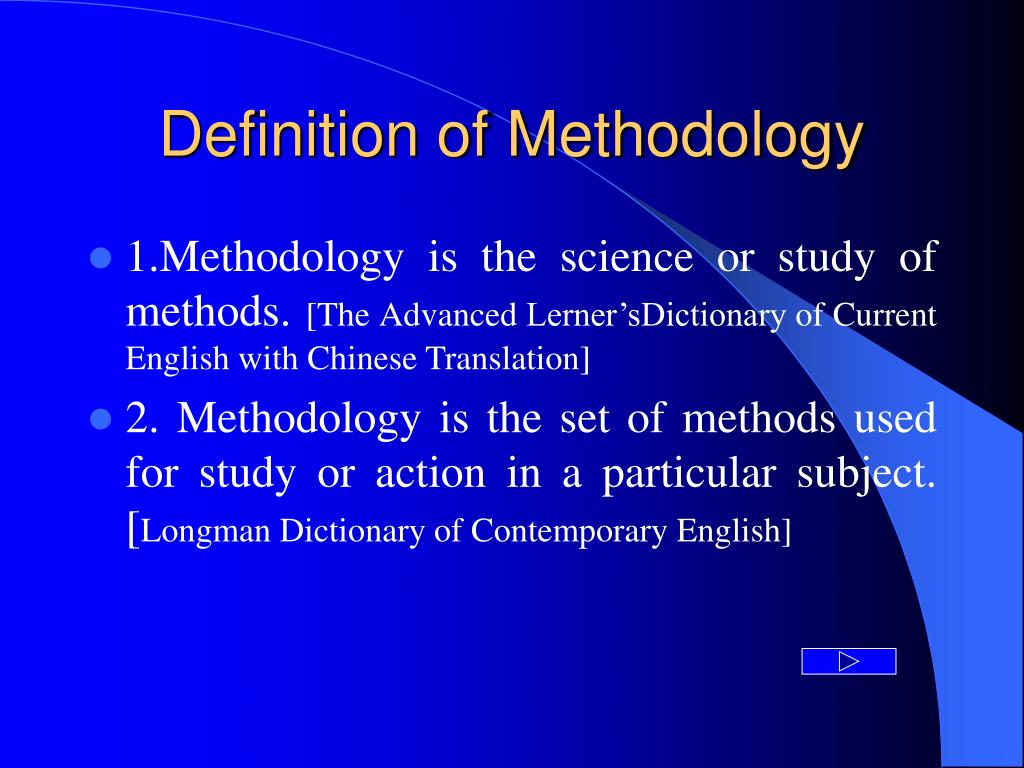
When substantiating theoretical concepts mandatory requirements placed on them are their
consistency ,
conformity empirical data, the possibility describe known phenomena
and predict new.
Rationale scientific knowledge, bringing it into harmonious, unified system have always been one of the most important factors in the development Sciences.
- Substantial characteristic of scientific knowledge is his intersubjectivity. nine0004
Permanent the desire to substantiate scientific knowledge, its openness to competent criticism makes science a model of rationality.
From the point of view of K. Popper, a scientist, putting forward a hypothesis, is looking for not so much confirmation as rebuttal, which expresses critical the spirit of science. Greatest value in science acquire original, bold ideas, which are also confirmed experience.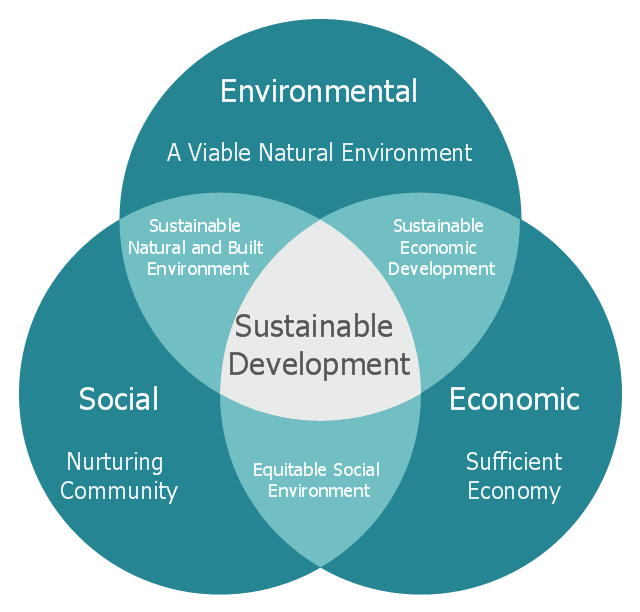 They are the ones who have the most ability to expand the problem fields of science, contribute to the formulation new challenges that advance scientific knowledge to new heights. nine0005
They are the ones who have the most ability to expand the problem fields of science, contribute to the formulation new challenges that advance scientific knowledge to new heights. nine0005
In the twentieth century, when science began to develop unprecedentedly quickly, this is a feature of scientific knowledge became the most visible. According to the famous N. Bora's expression, truly deep the new theory must, in a certain meaning to be crazy. She must break the old way of thinking, with old standards of thought.
Classic examples of such theories are non-Euclidean geometries, theory of evolution, molecular genetics, theory relativity and quantum mechanics. Don't they belong to the same class? scientific achievements penetration into the world the unconscious, especially the structures and functioning of the human brain, revealing the patterns of anthropogenesis, identification of universal structures in language, in folklore? nine0005
However, focus on innovation is combined in science with rigid conservatism which, is a reliable shield against the introduction of precocious into science, unfounded innovations.
More L.B. Lamarck rightly wrote:
“..whatever works nor was it worth the discovery of new truths at study of nature, even greater difficulties stand in the way of their recognition. These difficulties depending on various reasons, in essence beneficial rather than detrimental to the general state of science, because thanks to strict attitude towards new ideas, not allowing them to be accepted as truths, many strange, more or less believable, but groundless ideas will hardly appear, as now the hedgehog is being forgotten. Truth, on the same basis are sometimes swept aside or remain neglected even great views and solid thoughts. But it is better to subject, long testing once discovered truth, depriving her of the attention she deserves make a frivolous confession everything that is created by a fervent imagination person." nine0005
With all the dynamism science the whole set of presented to her hard demanding gives the opportunity eliminate from the results of scientific activities are all subjective, connected with the specifics of the scientist himself and his worldview.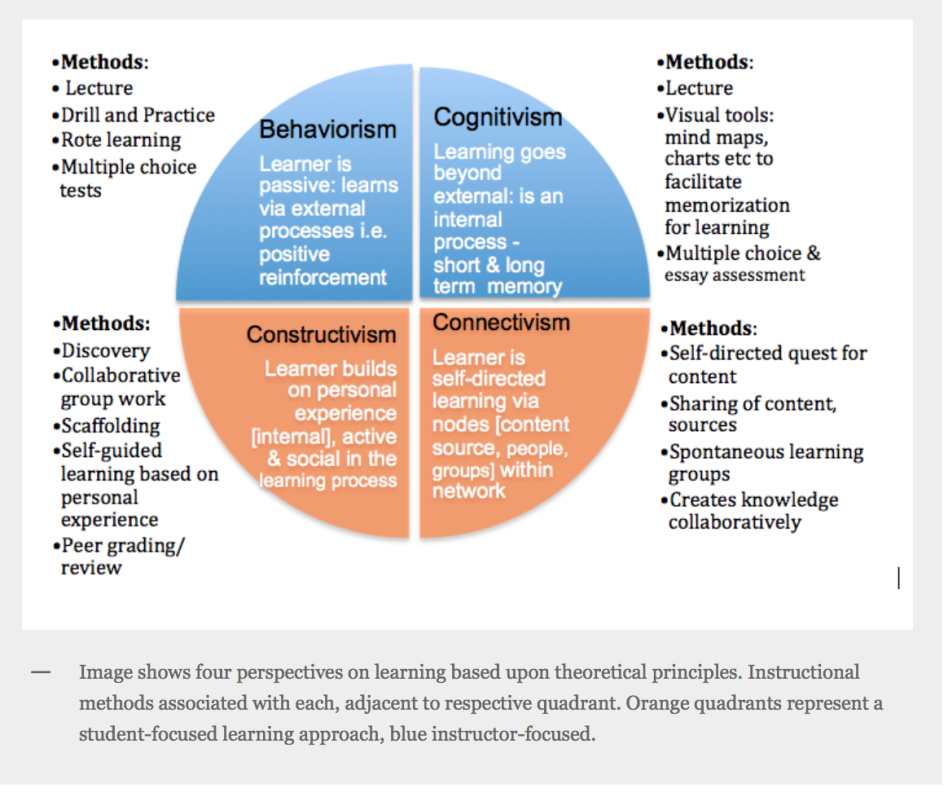
In art, either other work associated with the author, who created it. If Tolstoy had not written "War and Peace" or Beethoven did not compose his famous Moonlight Sonata, these works simply did not exist would.
In science position fundamentally different. nine0005
Although we know that often laws, principles or theories the names of individual scientists are assigned, At the same time, we are well aware that if there were no Newton, Darwin, Einstein, the theories we associate with their names would have been created anyway.
They would show up because they represent the necessary stage of development of science. This is eloquent numerous facts testify from the history of scientific knowledge, when to the same ideas in different fields of science come independently from each other for different scientists. nine0005
product of science are not only knowledge.
To receive scientific knowledge needs to be developed various methods of observation and experimentation, as well as diverse the means by which they are being implemented. Numerous natures, experimental setups, methods measurement, collection, processing, storage and transmission of information are widely applicable not only in the science, but also beyond it, and before all in production.
Numerous natures, experimental setups, methods measurement, collection, processing, storage and transmission of information are widely applicable not only in the science, but also beyond it, and before all in production.
To the products of science scientific style should also be attributed rationality, which is broadcast in our time, essentially in all areas human activity. Systematic and validity, so characteristic for scientific activities are great social value to one degree or another, impact on the life of society in general, and each of us. nine0005
And finally, science is a source of moral values. She shows us kind of profession in which honesty, objectivity are essential elements of professional ethics. Of course, but it is necessary to idealize scientists. In science, as in any other area of life, anything happens. And her in no way cannot be imagined as an area social life in which everyone is busy in it selflessly serve the Truth, the Good and beauty.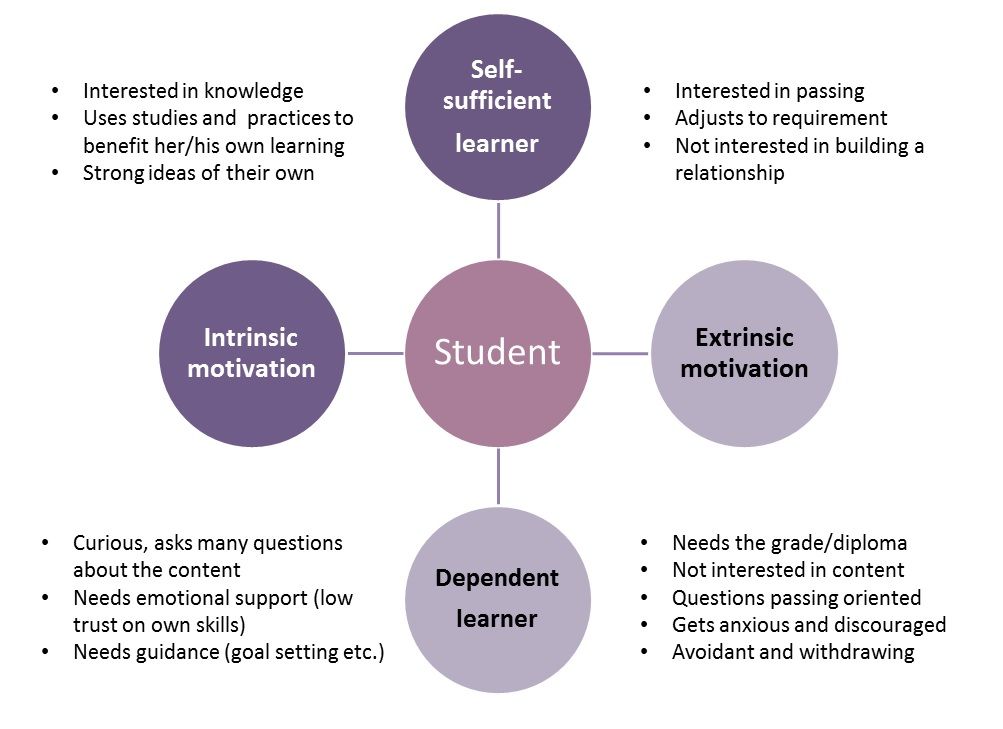 However, apparently he was right. A. Einstein, who wrote:
However, apparently he was right. A. Einstein, who wrote:
"Temple of Science - structure is multifaceted. different the people in it and those who brought them spiritual forces there. Some are doing science with a proud sense of intellectual superiority; for them science is so suitable sport, which should give them completeness life and the satisfaction of ambition. Can be found in the temple and others: the fruits of their thoughts they sacrifice here for utility purposes only. If An angel sent by God came to the temple and expelled from it those who belong to these two categories, the temple catastrophically would be empty. nine0005
...I know well, that we just with a light heart expelled many people who built significant, perhaps even the greatest, part of science; in relation to many the accepted solution would be for our bitter angel. But one thing seems to me undoubted: if there were only people like the exiled the temple did not rise would, as the forest could not grow from some only climbing plants.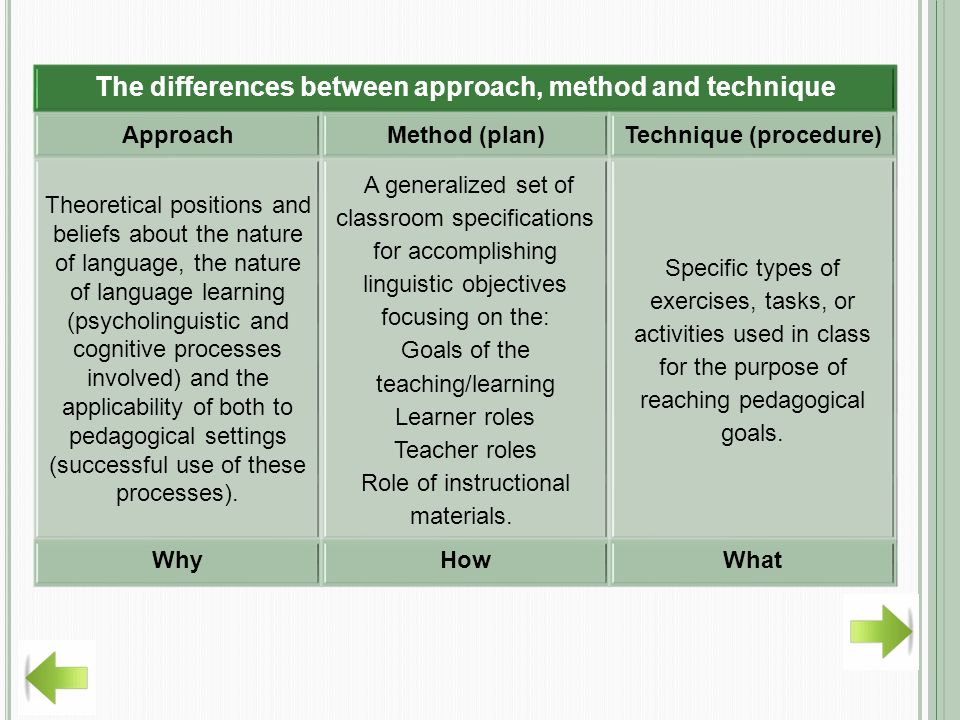
Chapter 35. Science for sustainable development - Conventions and agreements - Declarations, conventions, agreements and other legal materials
« Front page
Adopted by the United Nations Conference on Environment and Development, Rio de Janeiro, June 3-14, 1992
Section IV. Means of implementation
Chapter 35. Science for sustainable development
Introduction
35.1. This chapter focuses on the role and use of science to promote prudent environmental management and development for the benefit of people's daily lives and the future development of mankind. The program areas proposed in this report are intended to be comprehensive in order to be able to contribute to meeting the specific scientific needs identified in other chapters of Agenda 21. In order to better design and select environmental and development policies as part of the decision-making process, one of the tasks of science should be to provide information. To meet this requirement, it is important to expand the scientific understanding of the world, improve long-term scientific assessments, strengthen scientific capacities in all countries, and ensure that science meets emerging needs. nine0005
nine0005
35.2. Scientists are increasingly expanding their knowledge in areas such as climate change, increasing resource consumption, demographic trends and environmental degradation. Developments in these and other areas need to be taken into account when designing long-term development strategies. The first step towards improving the scientific basis of these strategies is a better understanding of the land, oceans, atmosphere and associated water resources, biogenic and biogeochemical cycles and energy flows that together form part of the earth system. This is important for a more accurate assessment of the potential capacity of the planet Earth and its ability to restore the environment in an environment where human activities have a wide variety of impacts on it. Science can provide this understanding by intensifying research into ecological processes and by applying the modern, efficient and effective tools currently available, such as remote sensing instruments, automatic monitoring equipment, and computer and simulation equipment. Science plays an important role in linking the fundamental importance of the earth system as a life support system with the appropriate development strategies that are based on its continuous functioning. Science must continue to play an increasingly important role in promoting efficient use of resources and in finding new methods, means and alternatives for development. Science needs to continually reassess and promote less resource intensive trends, including less energy intensive use in industry, agriculture and transport. Thus, science is increasingly perceived as an extremely important component in the search for possible ways to achieve sustainable development. nine0005
Science plays an important role in linking the fundamental importance of the earth system as a life support system with the appropriate development strategies that are based on its continuous functioning. Science must continue to play an increasingly important role in promoting efficient use of resources and in finding new methods, means and alternatives for development. Science needs to continually reassess and promote less resource intensive trends, including less energy intensive use in industry, agriculture and transport. Thus, science is increasingly perceived as an extremely important component in the search for possible ways to achieve sustainable development. nine0005
35.3. Scientific knowledge must be applied to develop and support sustainable development goals through scientific assessments of current conditions and future prospects of the earth system. Such assessments, based on existing and new approaches within the various sciences, should be used in decision-making as well as in interactive processes that span science and policy.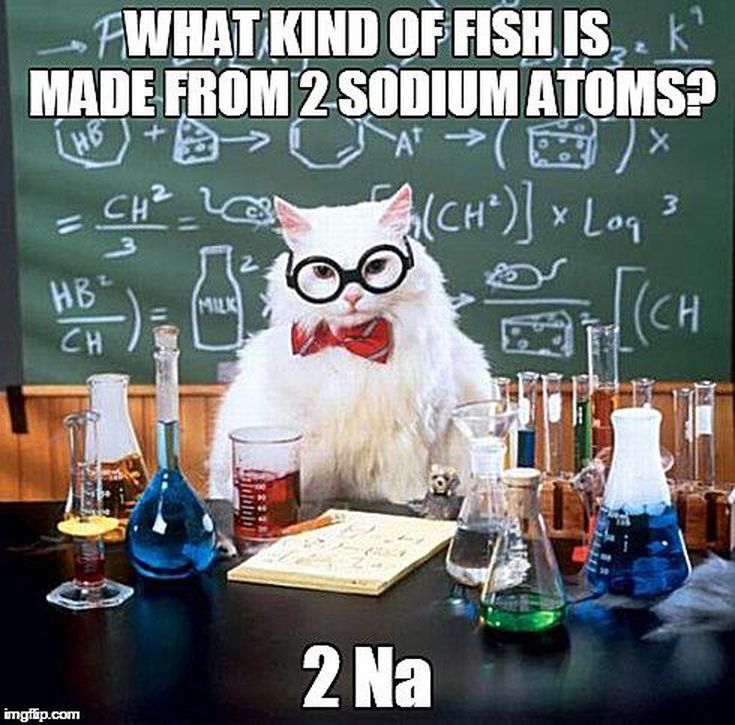 More and more contributions are needed from science in order to improve understanding of the world and promote interaction between science and society. To achieve these goals, especially in developing countries, it is also necessary to increase scientific capacity and capabilities. The full participation of scientists from developing countries in international research programs related to global environment and development issues is key, so that all countries can participate equally in negotiations on global environmental and development issues. In the face of the threat of irreversible environmental catastrophe, the lack of adequate scientific evidence should not be an excuse to delay actions that are justified. A precautionary approach could serve as a basis for policy-making related to complex systems that are not yet fully understood and the consequences of breaches of which cannot yet be predicted. nine0005
More and more contributions are needed from science in order to improve understanding of the world and promote interaction between science and society. To achieve these goals, especially in developing countries, it is also necessary to increase scientific capacity and capabilities. The full participation of scientists from developing countries in international research programs related to global environment and development issues is key, so that all countries can participate equally in negotiations on global environmental and development issues. In the face of the threat of irreversible environmental catastrophe, the lack of adequate scientific evidence should not be an excuse to delay actions that are justified. A precautionary approach could serve as a basis for policy-making related to complex systems that are not yet fully understood and the consequences of breaches of which cannot yet be predicted. nine0005
35.4. Program areas that are consistent with the conclusions and recommendations of the International Conference on the 21st Century Science Action Plan for Environment and Development (ASCEND-21) include:
a) strengthening the science base for sustainable development;
b) improved scientific understanding of the processes involved;
c) improving long-term scientific assessments; nine0005
d) building scientific capacity and capability.
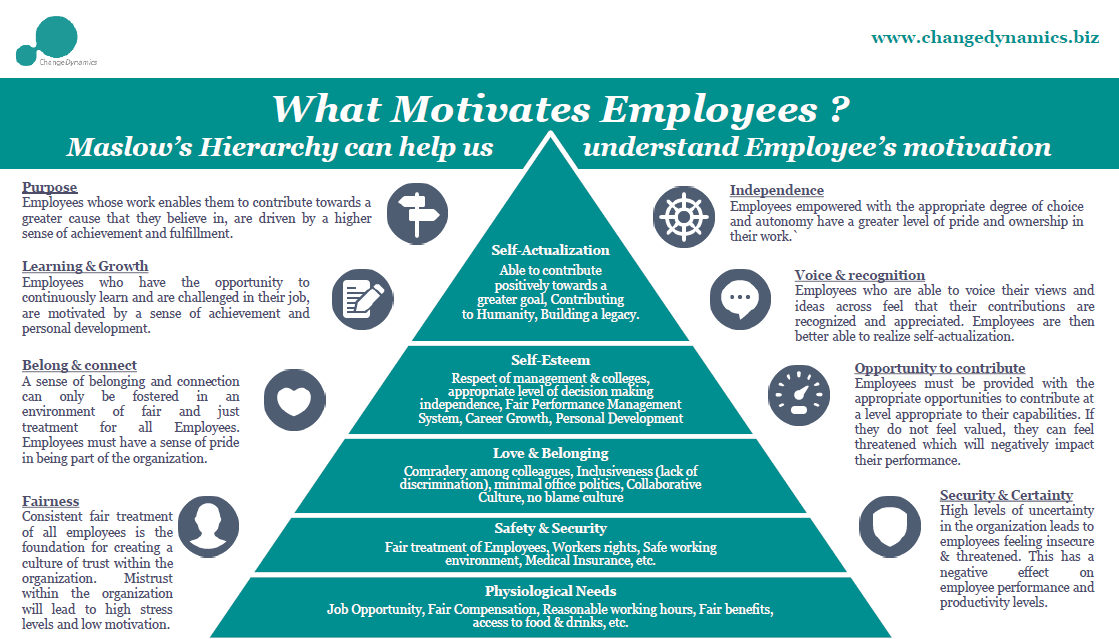
Program areas
A. Strengthening the scientific base for sustainable management
Framework for action
35.5. Sustainable development requires taking a long-term perspective, taking into account the consequences of global changes at the local and regional levels, and using the best scientific knowledge currently available. There is a need to continually re-evaluate the development process in the light of scientific research results to ensure that resource use has less of an impact on the earth system. Even so, the future appears uncertain and unforeseen circumstances may arise. Therefore, sound environmental and development management policies must be scientifically sound, and there must always be a range of alternatives to ensure flexible responses. It is important to take a cautious approach. There is often insufficient communication between scientists, policy makers and the general public, whose interests are expressed by governmental and non-governmental organizations.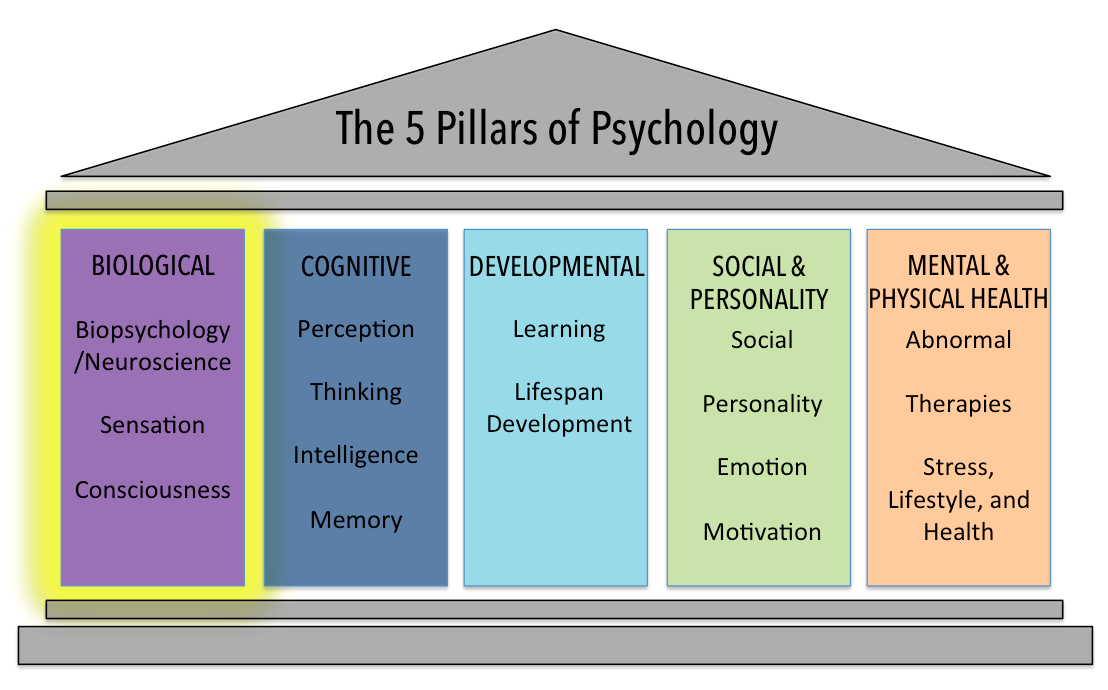 There is a need to improve communication between scientists, policy makers and the general public. nine0005
There is a need to improve communication between scientists, policy makers and the general public. nine0005
Targets
35.6. The main goal for each country is to determine, with the help of international organizations, as necessary, the level of its scientific knowledge and research needs and priorities in order to achieve significant improvements as soon as possible in the following areas:
a) broad-based expansion of the scientific base and strengthening of research capacities and capabilities, especially in developing countries, in areas related to the environment and development; nine0005
b) developing environmental and development policies based on the best scientific knowledge and assessments, and bearing in mind the need for increased international cooperation and the relative uncertainty of various processes and possible choices;
c) collaboration between scientists and policy makers, using a prudent approach as necessary to change existing patterns of production and consumption in order to buy time to remove some of the uncertainty in policy options; nine0005
d) the acquisition and application of knowledge, especially local knowledge, on the capacities of different societies and cultures to achieve sustainable development, taking into account the interrelationships at the national, regional and international levels;
e) enhancing cooperation among scientists by promoting programs and activities in the field of interdisciplinary research;
f) participation of the population in setting priorities and making decisions related to sustainable development.

Activities
35.7. Countries, as needed with the help of international organizations, should:
a) prepare a list of its databases in the field of natural and social sciences related to the promotion of sustainable development;
nine0148 b) identify their research needs and priorities in the context of international research activities;c) strengthen and develop appropriate institutional arrangements at the highest relevant local, national, subregional and regional levels and within the United Nations system to provide a stronger scientific basis for improved formulation of environmental and development policies consistent with long-term sustainable development goals. Current research in this area should be expanded to include broader public involvement in the process of setting long-term social goals for developing sustainable development scenarios; nine0005
d) develop, apply and implement the necessary mechanisms to ensure sustainable development in relation to:
i) quality of life indicators covering, for example, health, education, welfare, the environment and the economy;
ii) economic approaches to environmentally sound development, and new and improved structures to encourage more sustainable use of resources; nine0005
iii) development of long-term environmental policy, management of hazardous situations and evaluation of environmentally sound technologies;
e) collect, analyze and record data on the relationship between ecosystem health and the health of selected populations in order to increase knowledge of various policy options and strategies in terms of health and environmental costs and benefits, especially in developing countries; nine0005
f) conduct research on national and regional pathways to achieve sustainable development using comparative and complementary methodologies.
Such research, coordinated by an international scientific body, should be carried out with the widest possible participation of local experts and, as necessary, be carried out by interdisciplinary teams from regional scientific networks and / or research centers in accordance with national capabilities and available resources; nine0005
g) Improve mechanisms for setting research priorities at the national, regional and global levels to meet the needs of sustainable development. This is a process of making scientific judgments about short and long term benefits and possible long term costs and risks. This process should be driven by and responsive to identified needs, and be based on a transparent and easy-to-apply risk assessment methodology; nine0005
h) Develop methods for linking results from different disciplines with knowledge from different cultures. Methods should be tested through pilot studies. They should be developed at the local level and focus primarily on the relationship between the traditional knowledge of local populations and the corresponding current “best science” knowledge, with particular attention to the dissemination and application of the results for environmental protection and sustainable development.
nine0005
Means of implementation
a) Financing and cost estimation
35.8. The Conference secretariat estimates that the average annual total cost (1993-2000) of activities under this program area will be about $150 million, including about $30 million donated or concessional by the international community. . These cost estimates are indicative and approximate only and have not yet been reviewed by Governments. The actual costs and terms of funding, including any provision of funds on commercial terms, will depend, among other things, on the specific policies and programs decided upon by governments. nine0005
b) Scientific and technical means
35.9. Scientific and technical means include the following:
a) support for new research programmes, including their socio-economic and human resource aspects, at the community, national, sub-regional, regional and global levels to complement and promote interaction between traditional and academic scientific knowledge and the practice and strengthening of interdisciplinary research related to environmental degradation and restoration; nine0005
b) creation of demonstration models of various types (eg socio-economic and environmental conditions) to study methodologies and develop guidelines;
c) support for research through the development of risk-based assessment methods to assist policy makers in setting research priorities.
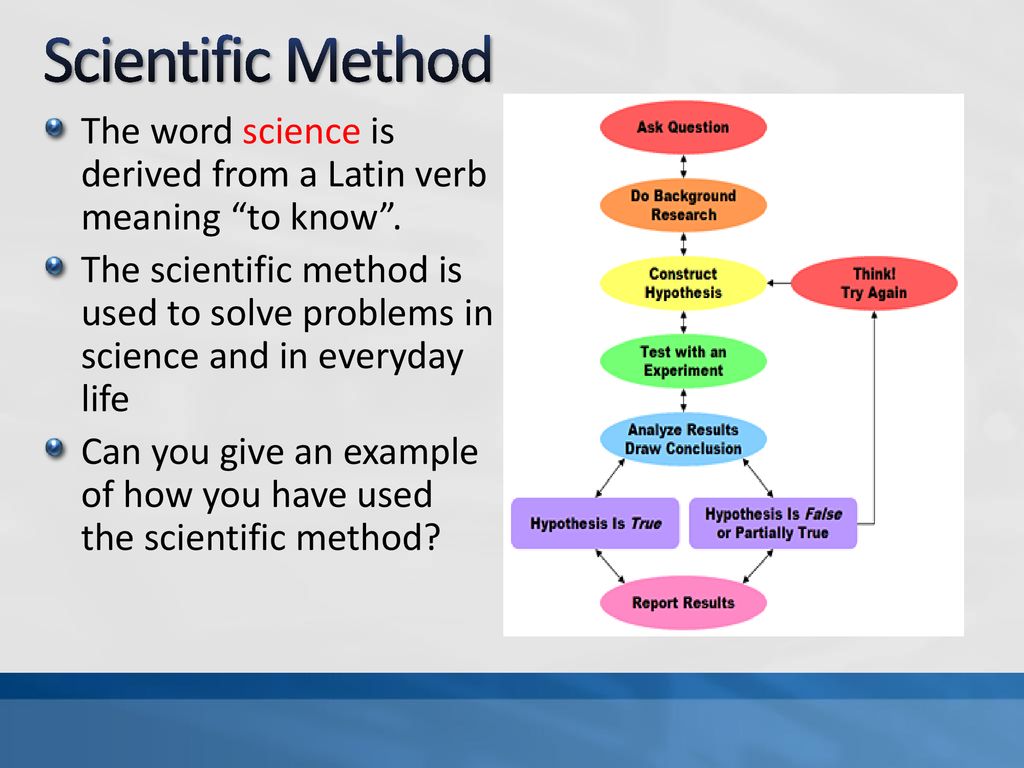
B. Expanding scientific understanding
Basis for activity
35.10. To promote sustainable development, more knowledge is needed about the carrying capacity of the Earth's ecosystem, including processes that can either degrade or enhance its ability to sustain life. The planet's environment is changing faster than at any time in recent centuries; as a result, unforeseen circumstances can be expected, and significant environmental changes can occur in the next century. At the same time, human consumption of energy, water and other renewable resources is increasing, both in gross and per capita terms, and shortages could occur in many parts of the world, even assuming that environmental conditions remain unchanged. Social processes proceed with numerous variations in time and space in different regions and cultures. They affect environmental conditions and are in turn affected by them. Anthropogenic factors are a key driving force in these complex interrelations and have a direct impact on the process of global change.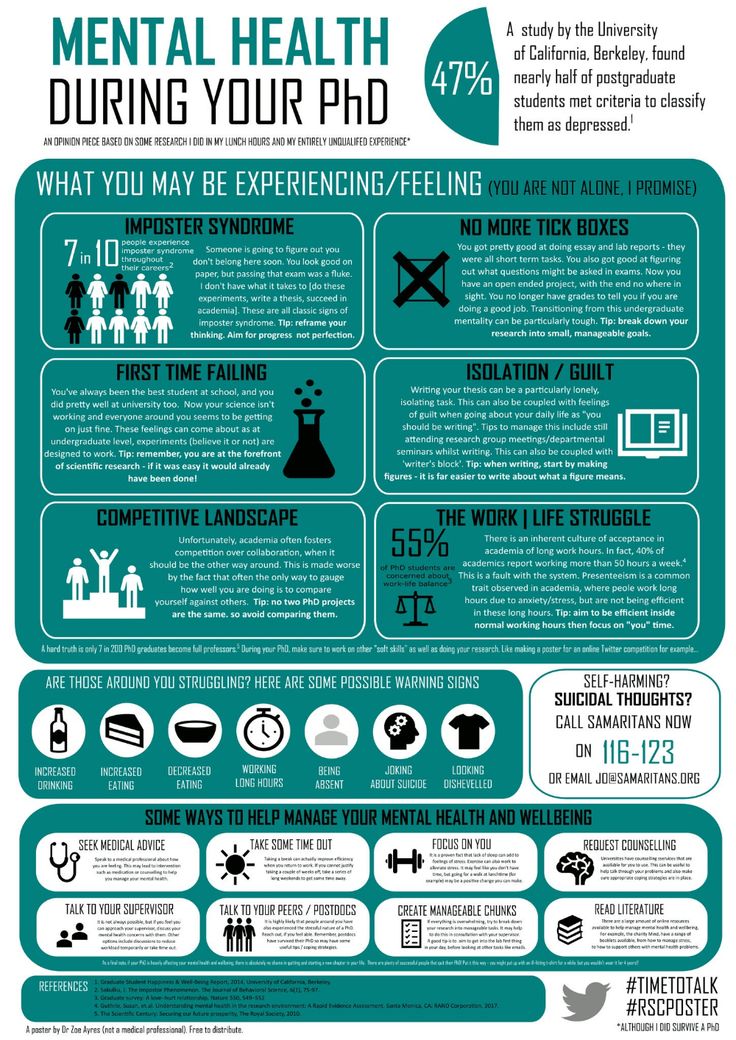 Therefore, the study of the human factor in relation to the causes and consequences of environmental change, as well as the study of ways to achieve more sustainable development, are extremely important. nine0005
Therefore, the study of the human factor in relation to the causes and consequences of environmental change, as well as the study of ways to achieve more sustainable development, are extremely important. nine0005
Targets
35.11. One of the key objectives is to improve and expand the underlying understanding of the interrelationships between human and natural ecological systems and improve the analytical tools and forecasting tools needed to better understand the environmental impacts of various development options by:
a) research programs to better understand the potential carrying capacity of the Earth's ecosystem, which is driven by its natural systems, such as biogeochemical cycles, the atmosphere/hydrosphere/lithosphere/cryosphere system, the biosphere and biodiversity, the agricultural ecosystem, and other terrestrial and aquatic ecosystems ; nine0005
b) developing and applying new analytical and predictive tools to more accurately assess the ways in which human activities, whether intentional or accidental, and population trends, and the consequences of these actions and trends, are having increasing impacts on the Earth's natural systems;
c) natural, economic and social science data to better understand the impact of economic and social activities on the environment and environmental degradation on the economy at the local and global levels.
nine0005
Activity
35.12. The following measures must be taken:
a) support the establishment of an expanded monitoring network to characterize cycles (e.g. global, biogeochemical and hydrological) and test hypotheses about their behavior, and improve understanding of the interaction between different global cycles and their implications at the national, subregional, regional and global levels to develop principles of tolerance and vulnerability; nine0005
b) support national, subregional, regional and international observational and research programs related to the chemistry of the Earth's atmosphere and sources and sinks of greenhouse gases, and ensure that the results are made available to the public in an accessible and understandable manner;
c) support national, subregional, regional and international research programs on marine and terrestrial systems, strengthen global databases of terrestrial resources and their components, expand related systems for observing their changing state, and make greater use of earth system and subsystem modeling in for forecasting purposes, including modeling the functioning of these systems under various tolerances for the impact of anthropogenic factors.
Research programs should include those mentioned in other chapters of Agenda 21 that support mechanisms for collaboration and harmonization of research programs on global change; nine0005
d) encourage the coordination of satellite launch activities, networks, systems and procedures for the processing and dissemination of their data; and increase interaction with researchers using Earth observation data and with the United Nations Earthwatch system;
e) develop the capacity to predict the response of the Earth's ecosystems, freshwater sources, coastal and marine areas, and biodiversity to short- and long-term changes in the environment, and continue to develop a restorative ecology; nine0005
f) study the role of biological diversity and species extinction in the functioning of ecosystems and the global life support system;
g) initiate the development of a global monitoring system for the parameters needed for the sustainable management of coastal and mountainous areas, and significantly expand freshwater quantity/quality monitoring systems, especially in developing countries;
nine0148 h) to enhance the understanding of the Earth as a system, expand Earth observation systems from space, which will facilitate integrated, ongoing and long-term monitoring of the interactions between the atmosphere, hydrosphere and lithosphere, and develop a data dissemination system that will facilitate the use of data obtained through observations;i) develop and apply systems and technology that automatically collect, record and transmit data and information to data and analysis centers for monitoring marine, terrestrial and atmospheric processes and providing early warning of natural disasters; nine0005
j) to enhance the contribution of engineering sciences to multidisciplinary Earth system research programs, especially with regard to improving preparedness for major natural disaster emergencies and mitigating their negative impacts;
k) Intensify research to incorporate evidence from the natural, economic and social sciences to better understand the impact of economic and social behavior on ecology and environmental degradation in the economy at the local and global levels, and in particular:
i) conduct research on human behavior as a driving force central to understanding the causes and consequences of environmental change and resource use;
ii) promote research on how to respond to global changes in the human resources, economic and social fields;
l) support the development of new, user-friendly technologies and systems that facilitate the integration of multidisciplinary, physical, chemical, biological and social/humanitarian processes, which in turn serve as a source of information and intelligence for policy makers and the public.

Means of implementation
a) Financing and cost estimation
35.13. The Conference secretariat estimates that the average annual total expenditure (1993-2000) for activities under this program area will amount to about $2 billion, including about $1.5 billion donated or concessional by the international community. These cost estimates are indicative and approximate only and have not yet been reviewed by Governments. The actual costs and terms of funding, including any provision of funds on commercial terms, will depend, among other things, on the specific policies and programs decided upon by governments. nine0005
b) Scientific and technical means
35.14. Scientific and technical means include the following:
a) supporting and applying the results of relevant national research activities of academies, research institutions and governmental and non-governmental organizations and promoting their active participation in the implementation of regional and global programs, especially in developing countries; nine0005
b) increased use of relevant enabling systems and technologies, such as supercomputing, space satellite observing technology, land and sea station observing technologies, data management and database technologies, especially the establishment and expansion of the Global Climate Observing System .

C. Improving long-term scientific assessments
Basis for action
35.15. Meeting the needs for research in the field of environment and development is only the first step that science can take in support of the process of sustainable development. The acquired knowledge can then be used to make scientific assessments (tests) of the current state of affairs and a range of possible conditions in the future. This means that the biosphere must be kept healthy and the decline in biodiversity must be slowed down. While many of the long-term environmental changes that are likely to affect humans and the biosphere are global in scope, major changes can often occur at the national and local levels. At the same time, human activities at the local and regional levels often lead to a global threat, such as the depletion of the ozone layer in the stratosphere. Thus, scientific assessments and forecasts need to be carried out at the global, regional and local levels. Many countries and organizations are already producing environment and development reports that review current conditions and indicate future trends. Regional and global assessments could make full use of such reports, but the assessments themselves should be broader in scope and include the results of rigorous studies of future conditions in order to develop a range of assumptions about possible human responses in the future using the most advanced models. . These assessments should be designed in such a way as to cover the regulated directions of development within the existing environmental and socio-economic potential of each region. Locally available traditional knowledge should be fully utilized. nine0005
Many countries and organizations are already producing environment and development reports that review current conditions and indicate future trends. Regional and global assessments could make full use of such reports, but the assessments themselves should be broader in scope and include the results of rigorous studies of future conditions in order to develop a range of assumptions about possible human responses in the future using the most advanced models. . These assessments should be designed in such a way as to cover the regulated directions of development within the existing environmental and socio-economic potential of each region. Locally available traditional knowledge should be fully utilized. nine0005
Targets
35.16. The main objective is to provide assessments of the current status and trends of important environmental and development issues at the national, subregional, regional and global levels, based on the best available knowledge, in order to develop alternative strategies, including local approaches, at different time and space scales, necessary for the development of long-term policy.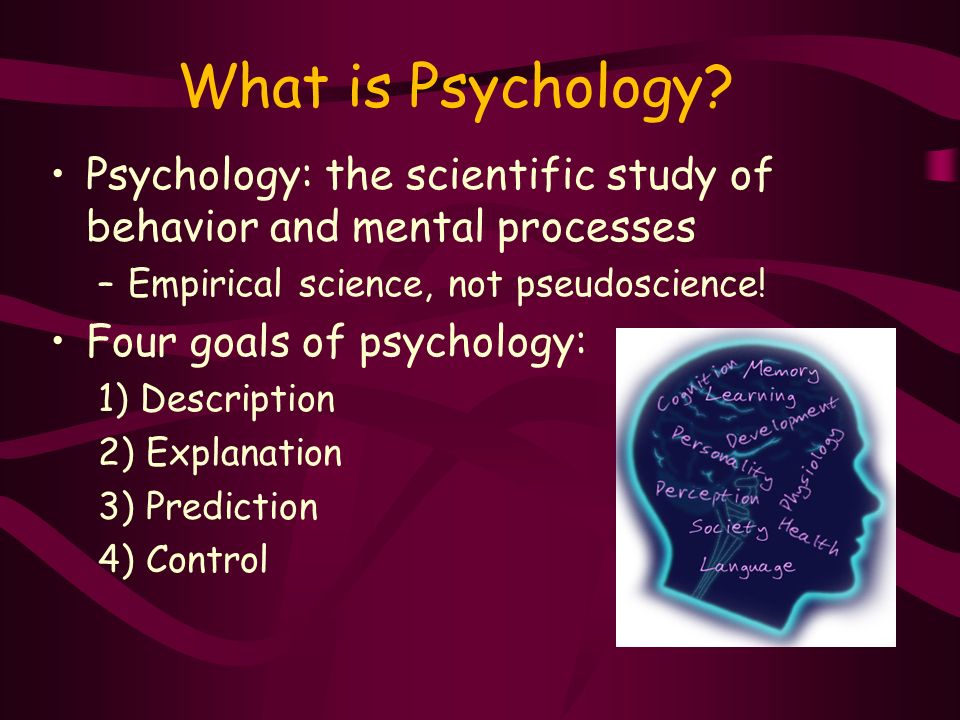
Activity
35.17. The following activities should be carried out:
a) coordinate existing information and statistical data collection systems relevant to development and the environment to assist in the preparation of long-term scientific assessments, such as data on resource depletion, import/export flows, energy use, health effects, demographic trends, etc.; apply these data, generated through the activities identified in program area B, to environmental and development assessments at the global, regional and local levels; and promote the wide dissemination of these assessments in a form that meets public needs and is widely understood; nine0005
b) develop a methodology for conducting national and regional audits and a five-year global audit in an integrated manner. Due diligence should aim to help clarify the patterns and patterns of development by examining, inter alia, the capacity of global and regional life support systems to meet the vital needs of humans and animal and plant life, as well as by identifying vulnerable areas and resources that may be further degraded. This task will require the involvement of specialists from all relevant sciences at the national, regional and global levels, and the organization of its implementation should be entrusted to government agencies, non-governmental organizations, universities and research institutions, which, as necessary and practicable, should be assisted by international governmental and non-governmental organizations and United Nations bodies. The results of these checks should then be made available to the general public. nine0005
This task will require the involvement of specialists from all relevant sciences at the national, regional and global levels, and the organization of its implementation should be entrusted to government agencies, non-governmental organizations, universities and research institutions, which, as necessary and practicable, should be assisted by international governmental and non-governmental organizations and United Nations bodies. The results of these checks should then be made available to the general public. nine0005
Means of implementation
Financing and cost estimates
35.18. The Conference secretariat estimates that the average annual total cost (1993-2000) of activities under this program area will be about $35 million, including about $18 million donated or concessional by the international community. These cost estimates are indicative and approximate only and have not yet been reviewed by Governments. The actual costs and terms of funding, including any provision of funds on commercial terms, will depend, among other things, on the specific policies and programs decided upon by governments.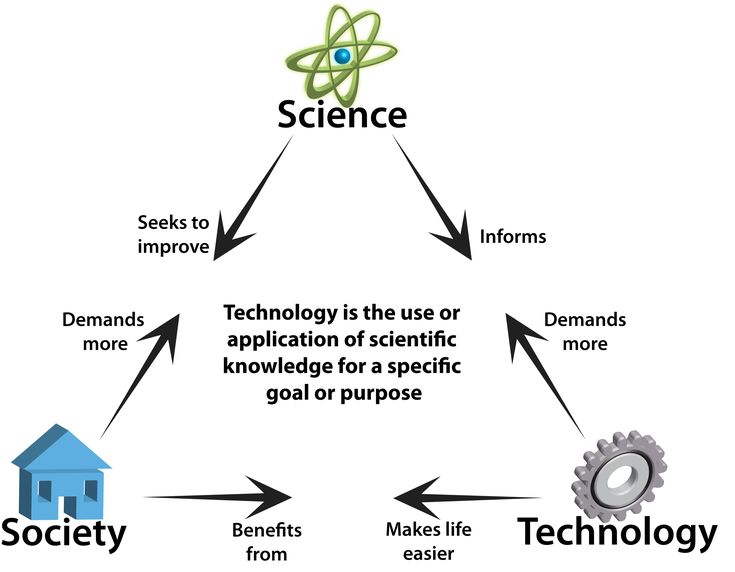 nine0005
nine0005
35.19. With regard to existing data requirements under program area A, support should be given to national data collection and alert systems. This will require the establishment of database systems, the collection and presentation of information, including the evaluation of data and dissemination of information in each region.
D. Building scientific capacity and capability
Basis for action
35.20. In view of the increasing role that science has to play in addressing environmental and development issues, it is necessary to build and strengthen scientific capacities in all countries, especially in developing countries, in order to enable them to participate fully in the process of obtaining and applying the results of scientific research and design developments related to sustainable development. There are many ways to build scientific and technological capacity. Some of the most important of these include: education and training in science and technology; helping developing countries improve research and development infrastructures that could enable scientists to work more productively; development of an incentive system to promote the implementation of scientific research and design development, as well as a better use of their results in the productive sectors of the economy.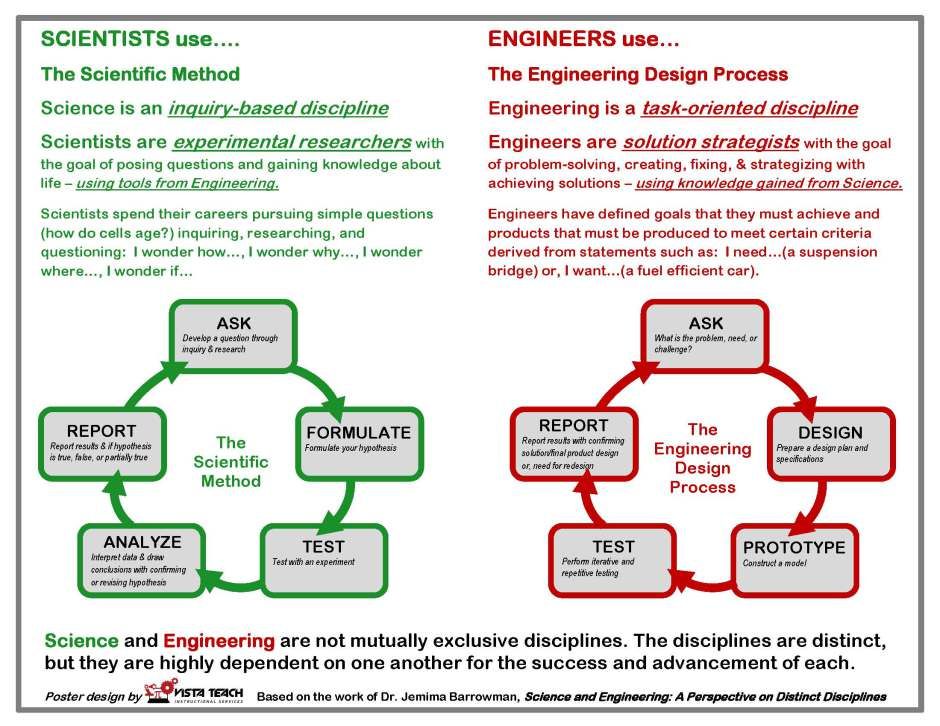 Such capacity building would also provide a basis for raising public awareness and promoting scientific knowledge. Particular attention needs to be given to helping developing countries strengthen their capacity to understand and better manage their own resource base and ecological systems in order to meet national, regional and global challenges. In addition, given the scale and complexity of global environmental problems, the need for more specialists in various industries has become increasingly evident throughout the world. nine0005
Such capacity building would also provide a basis for raising public awareness and promoting scientific knowledge. Particular attention needs to be given to helping developing countries strengthen their capacity to understand and better manage their own resource base and ecological systems in order to meet national, regional and global challenges. In addition, given the scale and complexity of global environmental problems, the need for more specialists in various industries has become increasingly evident throughout the world. nine0005
Targets
35.21. The primary goal is to strengthen the scientific capacity of all countries, especially developing countries, in regard to:
a) education, training and opportunities for local research and development and human resource development in the mainstream and environmental sciences, using relevant traditional and local knowledge of sustainability issues; nine0005
b) a significant increase by the year 2000 in the number of scientists, especially women scientists, in those developing countries where their number is currently insufficient;
c) significantly reduce the exodus of scientific personnel from developing countries and encourage those who intend to return;
d) improve access to relevant information for scientists and decision makers to increase public awareness and participation in decision-making; nine0005
e) participation of scientists in national, regional and global research programs on environment and development, including multidisciplinary research;
f) holding periodic scientific meetings to improve knowledge for scientists from developing countries within their respective thematic areas.
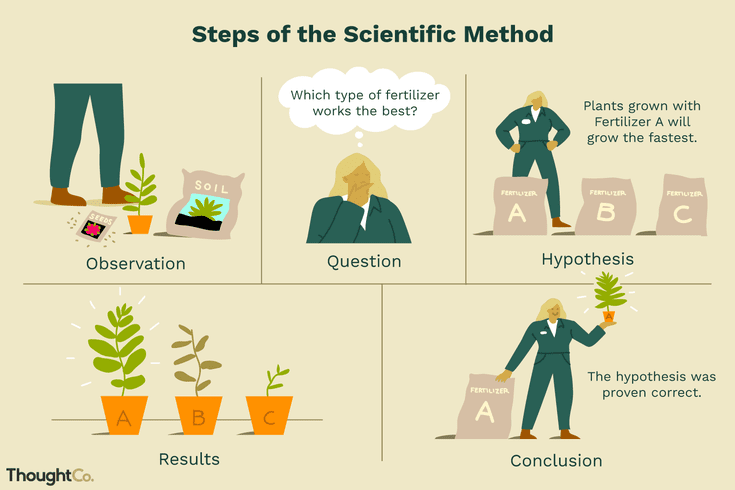
Activity
35.22. The following measures must be taken:
a) promote the education and training of scientists not only in their respective fields of expertise, but also in their ability to identify environmental aspects and to take them into account and use them in research and development projects; ensuring the establishment of a strong base in the field of natural systems, ecology and resource management and the training of specialists capable of working in interdisciplinary programs related to the environment and development, including programs in the field of applied social sciences; nine0005
b) strengthening the scientific infrastructure in schools, universities and research institutions, especially in developing countries, by providing adequate scientific equipment and access to up-to-date scientific literature in order to achieve and maintain the minimum required number of highly qualified scientists in these countries;
c) creation and expansion of national databases of scientific and technical data, processing of data in common formats and systems, and ensuring full and open access to the collections of libraries-repositories of regional networks of scientific and technical information.
Facilitate the provision of scientific and technical information and databases to global or regional data centers or network systems; nine0005
d) establishment and expansion of regional and global scientific and technical information networks based on and linked to national scientific and technical databases; collection, processing and dissemination of information obtained within the framework of regional and global scientific programs; expansion of activities to reduce the number of information barriers caused by language differences. Increasing the use of computerized information retrieval systems, especially in developing countries, to meet the needs of the growing volume of scientific literature; nine0005
e) develop, strengthen and scale up new forms of national, regional and global capacity-sharing to promote the full and open exchange of scientific and technical data and information, as well as the provision of technical assistance related to environmentally sound and sustainable development.
This should be achieved through the establishment of mechanisms for the exchange of basic research results, data and information and the improvement and development of international networks and centres, including links at the regional level with national scientific databases for research, training and monitoring purposes. Such mechanisms should be designed in such a way as to promote professional cooperation among scientists in all countries and the establishment of strong links between industry and research institutions at the national and regional levels; nine0005
f) improving and developing new links between existing associations of natural and social scientists and universities at the international level to strengthen national capacity to formulate environmental and development policy options;
g) collect, analyze and publish information on local environmental and development knowledge and help communities with such knowledge to use it.
nine0005
Means of implementation
a) Financing and cost estimation
35.23. The Conference secretariat estimates that the average annual total cost (1993-2000) of activities under this program area will be about $750 million, including about $470 million donated or concessional by the international community. These cost estimates are indicative and approximate only and have not yet been reviewed by Governments. The actual costs and terms of funding, including any provision of funds on commercial terms, will depend, among other things, on the specific policies and programs decided upon by governments. nine0005
b) Scientific and technical means
35.24. Such means include the expansion and strengthening of regional networks and centers for multidisciplinary research and training, making best use of existing capacities and related systems for sustainable development and technology assistance in developing regions.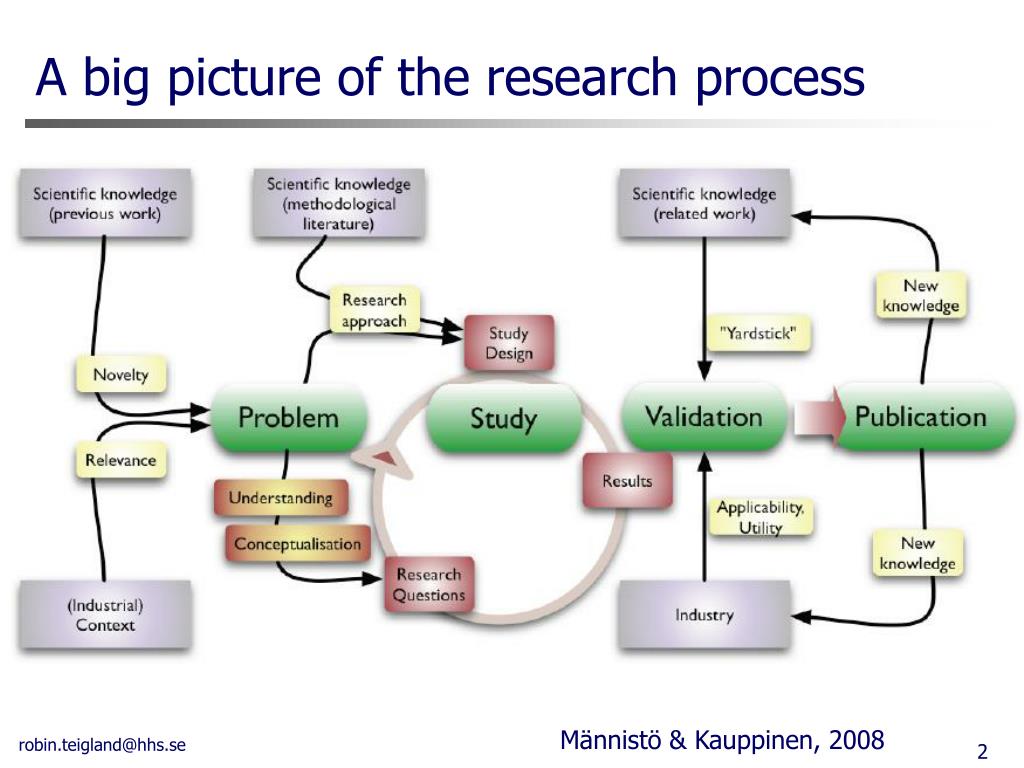 Promote the development and use of the potential of independent initiatives and local innovations and entrepreneurial activities. The tasks of such networks and centers could include, inter alia:
Promote the development and use of the potential of independent initiatives and local innovations and entrepreneurial activities. The tasks of such networks and centers could include, inter alia:
a) support and coordination of scientific cooperation among all countries of the region;
b) establishing links with control centers and assessing environmental and developmental conditions;
c) support and coordination of national research on ways to achieve sustainable development;
d) organization of scientific education and training; nine0005
e) creation and maintenance of systems and databases in the field of information, monitoring and evaluation.
c) Capacity building
35.25. Capacity building includes the following:
a) providing conditions (eg wages, equipment, libraries) to ensure that scientists work effectively in their home countries;
b) enhancing national, regional and global capacities to conduct research and ensure the application of scientific and technical information for environmentally sound and sustainable development.




